Allergy tablets and allergy shots can be highly beneficial for soothing the grass pollen allergy symptoms. Ragweed plants are the most active between the late fall and spring months and are also the primary culprits of allergies among weeds.
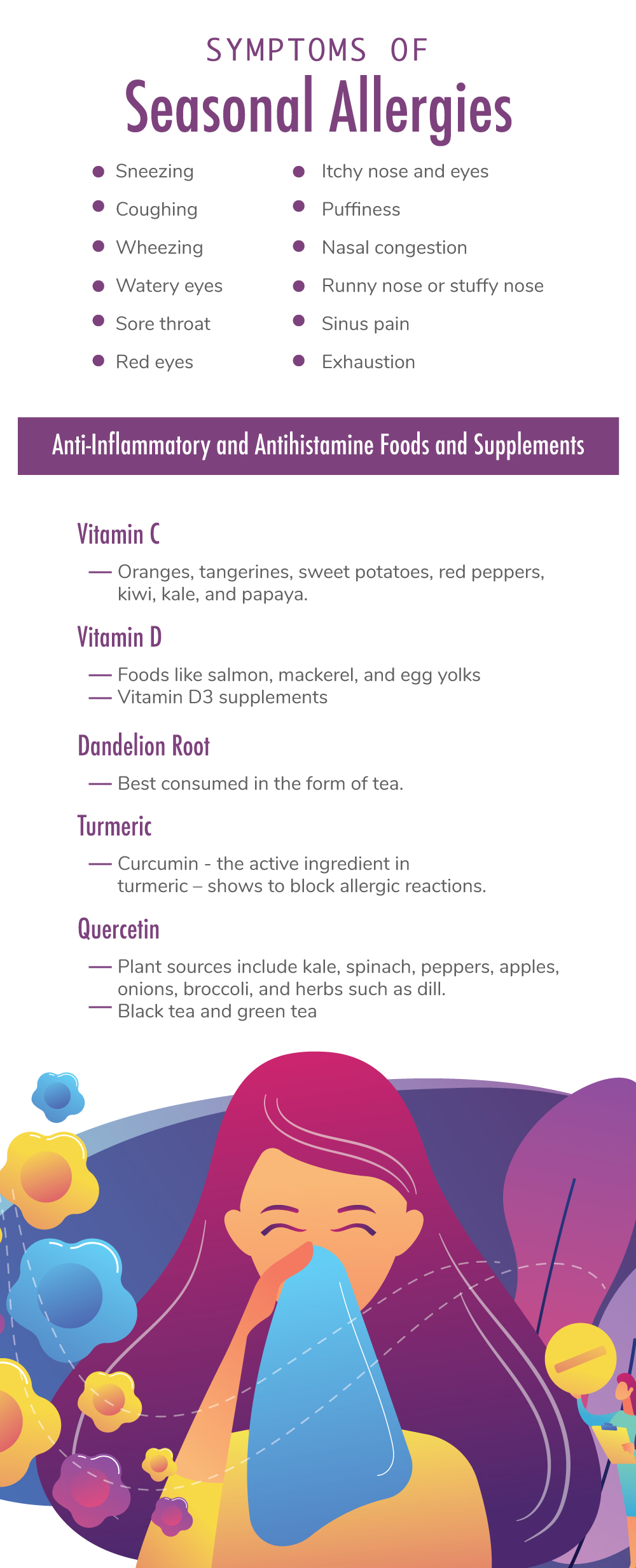
Stop Allergies When You Have Fatty Liver Fatty Liver Disease
Antihistamines should take care of allergy eye symptoms but saline drops can bring soothing relief quickly.

How to stop pollen allergy symptoms. Using a squeeze bottle or neti pot to flush pollen from the nose. A number of home remedies may also help relieve pollen allergy symptoms. The first step is to get properly tested and diagnosed.
Allergy shots may help people whose pollen allergy symptoms return again and again. Wear wraparound sunglasses to protect your eyes. There are over-the-counter and prescription pills liquids or nasal sprays that can help reduce or prevent grass allergy symptoms.
Avoid grassy areas such as parks and fields particularly in the early morning evening or night when the pollen count is highest. How Can I Manage My Grass Allergy Symptoms. If possible keep house and car windows closed during high-pollen season and use central air conditioning.
Once your allergist knows what specific allergens cause your symptoms they can work with you to create a plan. Wear sunglasses and a hat to keep pollen out of your eyes and off your hair. Shower and change your clothes after being outside.
They have the potential to give long-term relief or even remission of pollen allergy symptoms. Avoid drying clothes and bedding outside when the pollen count is high. Your nose is like a car windshieldpollen sticks to it says Neil Kao MD an allergist at the Allergic Disease and Asthma Center in Greenville SC.
Nasal sprays may relieve the symptoms of a pollen allergy. Medical treatments home remedies and changes in some lifestyle habits can help ease symptoms of. Here are 11 ways you can reduce allergic reactions to grass pollen.
Keep doors and windows shut when possible.
Allergic reactions to latex most often take the form of a rash at the point of contact known as contact dermatitis. There are almost 40 thousand to 50 thousand rubber products are using that are made of latex.
To this end weve put together a list of the common symptoms of a latex allergy.
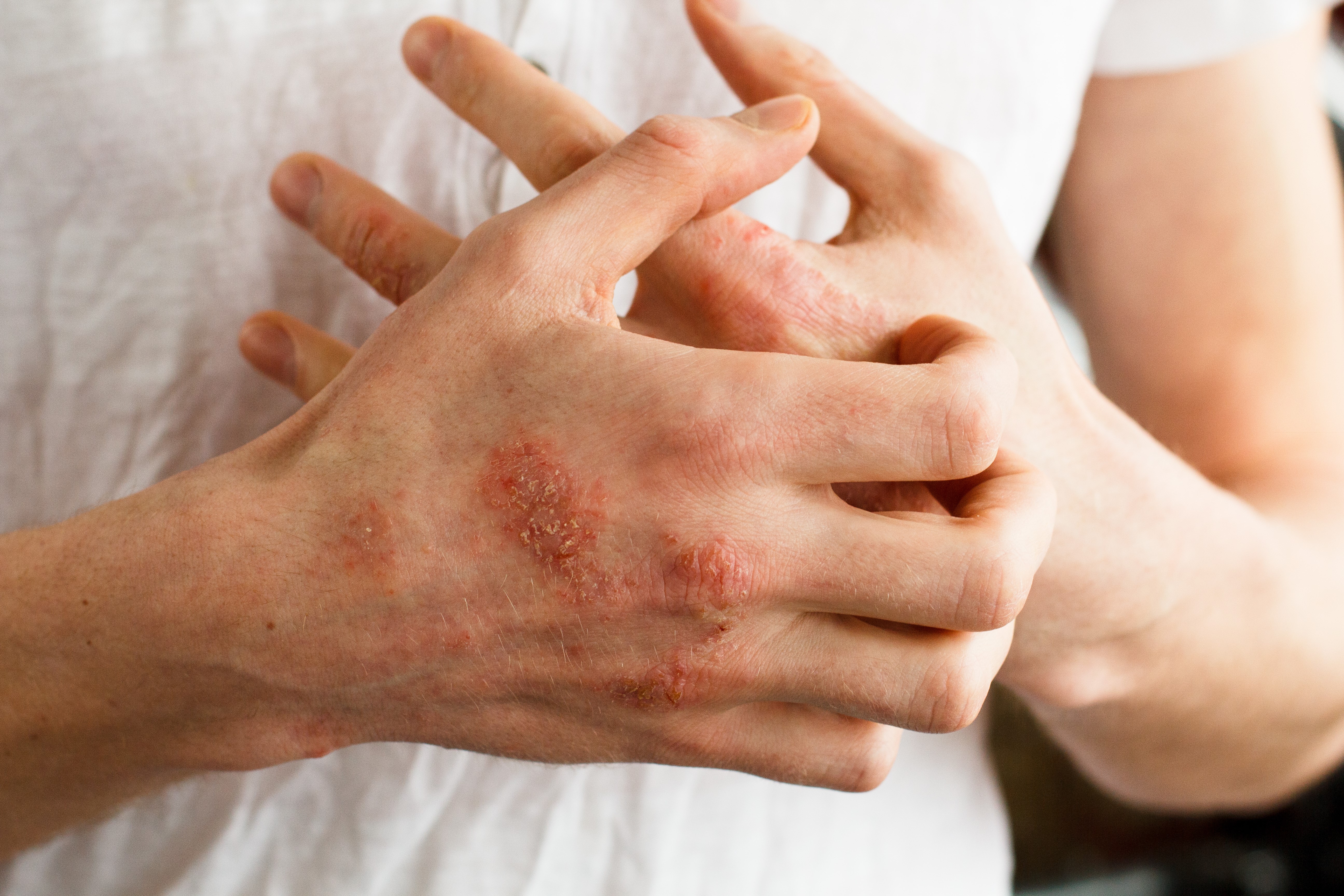
Latex allergy signs and symptoms. However in some cases inhaling latex particles can cause a reaction as with some latex gloves producing a certain amount of latex in the air. Reddish spots on the skin due to the use of rubber gloves or rubber medical devises called latex allergy rash. The second type of latex allergy is known as type IV allergy which is also known as contact dermatitis.
Parenteral exposures are those in which latex may enter the bloodstream directly. Have had symptoms of an allergic reaction-- like a skin rash hives eye tearing or irritation wheezing itching or trouble breathing -- when exposed to latex or a natural rubber product. These symptoms can run from the slightly annoying itchy skin to the horrible eyes swelling shut and shortness of breath.
Symptoms include flushing itching hives anxiety rapid or irregular pulse. A latex allergy is like many allergies in that it can have many symptoms and reactions. Another type of reaction to latex is the more severe anaphylactic reaction which can involve the skin respiratory system gastrointestinal system and circulatory system.
This can be termed as a delayed hypersensitivity reaction which typically manifests in skin rash and hives. Symptoms of a latex allergy. Regular use of latex gloves leads to latex allergy rash.
These exposures have the potential for the most serious reactions. How to treat latex allergy. Latex allergy symptoms usually show up in the nose lungs throat sinuses ears lining of the stomach or on the skin the AAAAI says.
Mild signs of a latex allergy can include. Itchy watery or puffy eyes. Severe symptoms may be throat and tongue swelling swallowing and difficulty breathing.
Signs and symptoms of a latex allergy include an itchy skin rash at the contact site. Cough shortness of breath and wheezing. People with type 1 latex allergy can then receive the following complaints.
Sneezing stuffy and itchy nose. The rash is red and resembles the rash of poison ivy. Other less serious signs and symptoms of a Type I hypersensitivity reaction to latex include hives swelling difficulty breathing abdominal pain watery irritated eyes a blocked or runny nose nausea or vomiting.
Symptoms of a reaction to latex include skin irritation rash hives runny nose and difficulty breathing. There are three types of latex allergies. People with latex allergies can have an allergic reaction when they inhale breathe in latex particles or come into physical contact with latex.
But if youre having a reaction to a latex condom you can. Latex Allergy Symptoms. Quite similar to the poison ivy rash.
The most common is irritant contact dermatitis. How to know if youre allergic to latex. Symptoms can worsen after repeated exposure to latex.
When powdered gloves are removed latex proteinpowder particles get into the air where they can be inhaled and come in contact with mucous membranes in the eyes nose and mouth. More severe reactions caused by a latex allergy include. The most common and mild of all the latex allergy.
It is possible for different people to experience different reactions to a latex allergy. You would know if youre allergic to latex if you have these signs and symptoms such as. Causes of anaphylaxis can be food allergy latex allergy allergy to insect or but stingsbites asthma or other materials or conditions.
Symptoms experienced with a latex allergy range from mild to life threatening. Tears and itchy red eyes. Signs and symptoms of a Type IV hypersensitivity reaction mainly includes a skin rash where you have touched latex.
Stomach rumbling and pains. The infant will curl legs or rub the belly indicating that they are feeling uncomfortable around that part.
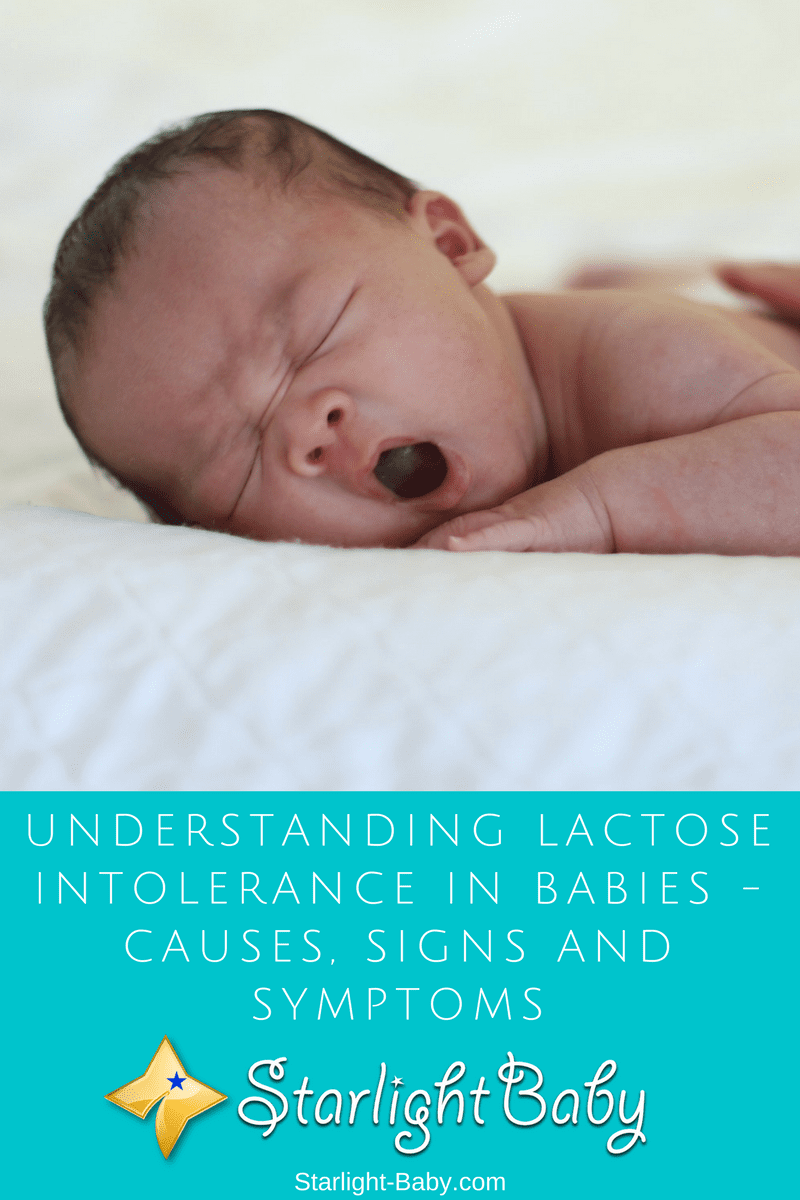
Understanding Lactose Intolerance In Babies Causes Signs And Symptoms Kinacle
He or she may also have belly pain and diarrhea within an hour of having food or drink containing cows milk.

Signs and symptoms of lactose intolerance in newborns. True lactose intolerance is very rare but when present it will be diagnosed within a few days of birth due to the severe and serious symptoms like vomiting diarrhoea jaundice and failure to thrive 2. Lactose intolerance symptoms can range from mild to severe depending on the amount of lactose a child consumes and how much lactase a childs body makes. Loose and watery bowel movement is a definite sign.
Your health professionals will advise on a special diet for your baby. Most breastfed babies with lactose intolerance can still breastfeed. Breastfed babies can be lactose intolerant because lactose is found in breast milk as well as baby formula.
Babies with lactose intolerance may be very fussy and may not gain weight or grow well. When to see a doctor. Nausea and sometimes vomiting.
Heshe will not stop crying for a long time. Diarrhea is a pretty common symptom. Pain in the stomach.
Lactose intolerance lactose is a sugar found in dairy products more commonly develops in older kids and adults. Are there any tests for lactose intolerance in babies. Loose watery stools - diarrhoea are common in babies with lactose intolerance.
The signs and symptoms of lactose intolerance usually begin from 30 minutes to two hours after eating or drinking foods that contain lactose. Symptoms like watery diarrhea dont take much time to develop because unlike. These symptoms of lactose intolerance in babies manifest 30 to 120 minutes two hours after consumption of any milk including breast milk milk-based formula and even cows milk.
Symptoms of lactose intolerance. What to expect from your lactose intolerant babys poop. Signs and Symptoms of Lactose Intolerance in Infants Some of the signs and symptoms of lactose intolerance in infants are.
Congenital lactose intolerance is an extremely rare metabolic condition that also impacts the digestive system. Treatment depends on the extent of your childs intolerance. 2 Lactose overload also called secondary or temporary lactose intolerance.
Apart from that your baby will show signs of uneasiness and restlessness. Then there will be frequent vomiting. Lactose intolerance can oc-cur among infants and young children with acute diar-rheal disease although the clinical significance of this is limited except in more severely affected children.
Abdominal pain and cramps. Lactose intolerance is a common digestive problem where the body is unable to digest lactose a type of sugar mainly found in milk and dairy products. Watery stools which are yellow or green.
Infants with congenital lactose intolerance show signs right away with the first few feedings up to 10 days old. Symptoms of lactose intolerance usually develop within a few hours of consuming food or drink that contains lactose. Reddish spots under the anus from 30 minutes after consuming dairy products.
Lactose intolerance in children is diagnosed on the basis of signs and symptoms Abdominal discomfort flatulence and bloating due. Lactose Intolerance Baby. If you notice a lot of diarrhea it may be a sign that your baby is lactose intolerant.
The signs of a milk allergy in babies are pretty visible such as vomiting or the common milk allergy rash while signs of an intolerance are invisible or hard to identify such as indigestion and irritability. Symp-toms of lactose intolerance are relatively common. There are many symptoms of lactose intolerance in your baby.
Common signs and symptoms include. Diarrhoea can be a symptom of lactose intolerance in babies. What are the symptoms of lactose intolerance in babies.
But loose poos can mean other things too. In children and teenagers symptoms include wind stomach pain and bloating. Lactose intolerance is the reduced ability to digest milk sugars due to insufficient amounts of the gut enzyme called lactase.
Treatment for lactose intolerance. Some children with lactose intolerance may be able to have small amounts of dairy products without having symptoms. The few babies with lactose intolerance will usually fare much better on a formula with little or no lactose.
Your child may be referred to a dietitian for specialist advice. What causes lactose intolerance. Signs and Symptoms of Cows Milk Allergy in Babies.
A baby or toddler with lactose intolerance may be fussy after feedings. So if your baby starts having runnier poo than usual this doesnt necessarily mean that theyre lactose intolerant. In babies lactose intolerance symptoms include runny poo lots of wind and a red sore bottom.
Symptoms of lactose intolerance include. Milk intolerance may be attributed to either the lac-tose or the protein content. Stomach pain and cramping.
Hives can sometimes cause swelling in the throat that makes breathing and swallowing difficult so theyre best not ignored. Symptoms of Hives in Dogs.
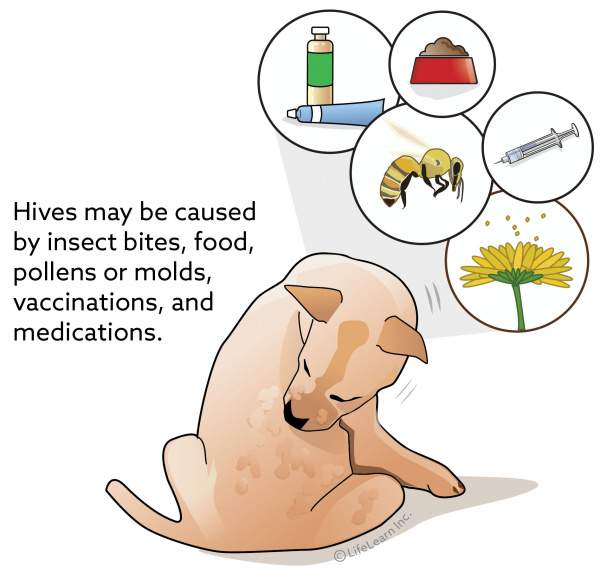
Hives Urticaria In Dogs Vca Animal Hospital
The hives often appear as raised circular bumps on the skin surface.
Hives symptoms in dogs. Symptoms of Rashes and Hives Urticaria in Dogs Symptoms generally appear a few hours after your dog comes in contact with the allergen or chemical causing the allergic reaction. Urticaria or hives is a skin condition that is generally characterized by red welts on dogs sometimes called welps on dogs anywhere on the body including the face mouth eyes legs throat and ears. Bump around the eyes that may cause them to close.
Symptoms of Dog Hives. The hair over the bumps stands up and sticks out in small patches. However hives can be very uncomfortable for Fido and they usually point to an underlying cause that needs to be addressed.
Redness om the face abdomen and legs. For more read why does my dog have irritated skin. Symptoms of hives in dogs can include.
What are Dog Hives. The skin erupts and the wheals appear almost immediately after the dog has been exposed to conditions that cause these hives to develop. While most causes of hives are not life-threatening hives can also be a sign of more dangerous allergic reactions or toxicities.
Hives are usually restricted to certain areas of the body and become visible as patches of red or swollen skin. If for example your dog is allergic to chicken the immune system will release histamine which will lead to itching and hives. Although not a serious condition if left untreated hives in dogs can worsen.
Hives in dogs are usually a symptom of an allergic reaction. Hives are nothing but rashes on the skin and are also known as urticaria. Regarding diagnosis of hives they are somewhat similar to other allergies except for the difference in size and severity of the problem.
Areas of redness and swelling develop on the dogs face legs and abdomen. Bumps on the skin face ears andor tongue. Symptoms of Dog Hives As described above hives appear as small round raised bumps on the skin of the face and other parts of a dogs body such as the legs and the abdomen.
Food allergies result in scratching vomiting diarrhea and a skin condition called hives. Animals with angioedema have swelling of their face especially the muzzle and around the eyes. Swelling on the face abdomen and legs.
Allergic reactions for dogs often appear on the skin in the form of redness swelling and itching. Swelling around the dogs muzzle can lead to drooling. The puffy appearance of hives is easy to see in dogs with short fur.
The most common symptoms of hives in dogs include. Hairy raised warts like bumps on skin. - Swelling around the eyes which can cause them to close.
- Medium to large areas of redness and swelling on the face abdomen and legs. Urticaria known more commonly as hives is another common skin reaction to allergens. Redness and swelling on face andor other parts of the body.
The culprit is the protein present in certain types of meat. The dogs eyes appear to be closed as a result of the swelling around them. Hives can cause animals to become very itchy and want to scratch or bite at the hives.
It is best to consult the vet to identify the symptoms and causes at first. They may be signs of seasonal allergies and could be very benign but its important for your vet to check for the cause of your dogs allergic reaction. Swelling on the abdomen legs and face as well as redness across the body.
Symptoms of dog hives may include. There may be swelling and itching so your dog may scratch and lick the affected area. The most obvious symptom.
Itchy swollen pesky red lumpsthe tell tale sign of hives. Urticaria more commonly known as hives can form as when a dog is exposed to a variety of different allergens. However the condition can cause a lot of discomfort and stress to our dogs.
Learning to recognize signs of allergic reactions like hives can help you get your dog the medical assistance she needs in a timely fashion. Owners with long-haired breeds should also watch for other signs of this condition such as facial or eyelid swelling and persistent scratching. When sneezing and runny nose are accompanied by fever or by any other symptoms on this list they require vet treatment right away.
Dog hives show up shortly after exposure to an. The swelling can be mild and often isnt noticed right away by the pet parent or severe enough to prevent the animal from being able to open their eyes. Dogs find them extremely itchy and they seem to appear quite suddenly.
Usually hives are not life-threatening and the bumps will go away soon. Below are the hives symptoms that can be identified in dogs. Hives can break out anywhere on a dogs body and usually on the belly the legs and sometimes on the face.
Symptoms will vary between dogs and allergens. Although hives are not generally life-threatening they can develop into more serious problems. - Swelling around the muzzle.
The symptoms of Hives besides itchiness and irritation are. What are the Symptoms of Hives. These symptoms are something that most people have experienced at one point or another and unfortunately dogs are susceptible to this type of reaction as well.
Symptoms typically include generalized hives itchiness flushing or swelling of the afflicted tissues wheezing and very low blood pressure. It is a life-threatening medical emergency.
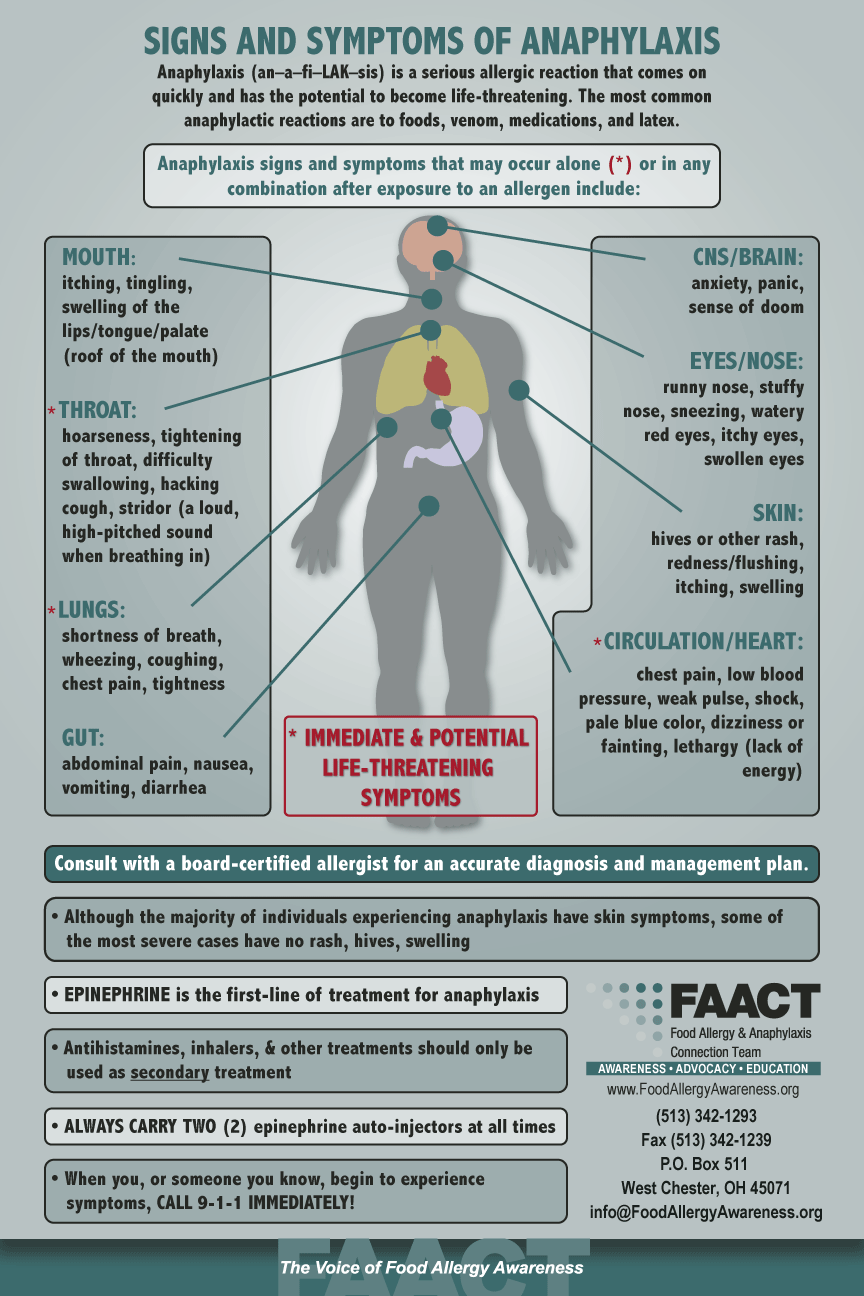
Food Allergy Anaphylaxis Anaphylaxis Anaphylaxis
Common triggers of an anaphylactic reaction are substances to which people often have an allergy and include drugs such as penicillin insect stings foods peanuts shellfish X-ray dye and latex.
/anaphylaxis-symptoms-5b4f9f7fc9e77c003efbfca8.png)
What are two (2) of the typical signs and symptoms of severe allergic reaction and anaphylaxis. Swelling of lips face eyes. Hives or welts appearing on the skin. Nettle rash hives anywhere on the body.
Anaphylaxis is a sudden and severe allergic reaction that involves more than one body system. Skin rashes itching or hives Swelling of the lips tongue or throat Shortness of breath trouble breathing or wheezing whistling sound during breathing. Swelling of your face lips mouth or tongue.
Anaphylaxis can occur in. Symptoms and signs of anaphylaxis include cardiac arrhythmia respiratory distress seizure and shock. Any one or more of the following symptoms may be present.
1 You will often have skin reactions and shortness of breath which can develop into anaphylactic shock with a drop in blood pressure. Most healthcare professionals consider an allergic reaction to be anaphylaxis when it involves a difficulty in breathing or affects the heart rhythm or blood pressure. Hives welts or body redness - Hives 107 KB Swelling of the face lips eyes - Swelling 10767 KB Vomiting abdominal pain these are signs of a severe allergic reactionanaphylaxis in someone with severe insect allergy Tingling of the mouth.
Skin rash redness or swelling. Skin rashes and itching and hives. Symptoms of anaphylaxis usually involve more than one part of the body such as the skin mouth eyes lungs heart gut and brain.
What are the symptoms of a severe allergic reaction. Symptoms typically include generalized hives itchiness flushing or swelling of the afflicted tissues wheezing and very low blood pressure. In certain situations symptoms may develop more than 30 minutes later.
The most severe form of allergic reaction is anaphylaxis which progresses rapidly and can be fatal making immediate treatment critical. Unless treated rapidly Anaphylactic is generally fatal. The two crucial signs of an anaphylactic reaction are as follows.
Symptoms of anaphylaxis may include. In some people exercise can trigger a severe reaction either on its own or in combination with other factors such as food or drugs eg. A drop in blood pressure causing dizziness light-headedness feeling faint or weak or.
For that reason people with these t. The persons airways narrow and their throat swells which can make it hard to breathe. The symptoms of anaphylaxis may vary and can include hives tongue swelling vomiting and even shock referred to as anaphylactic shock.
Anaphylaxis is a severe form of allergic reaction demarcated by circulatory collapse. There may be a dramatic fall in blood pressure anaphylactic shock. Many patients with known severe allergies choose to carry an EpiPen at all times.
A small number of people suddenly develop signs and symptoms of a severe allergic reaction anaphylaxis without any signs of a mild to moderate allergic reaction. Generalised flushing of the skin. Hoarseness changes in the way your voice sounds Hives raised reddened rash that may itch Severe itching.
Sense of impending doom. Signs of a mild to moderate allergic reaction include. The tightness of the throat Swelling over the body What are the signs and symptoms of anaphylaxis.
These are often referred to as the ABC symptoms. Anaphylaxis is a severe form of allergic reaction demarcated by circulatory collapse. Trouble breathing caused by swelling of the airways including a severe asthma attack for people who have asthma.
Their blood vessels widen making their blood pressure fall sometimes to dangerous levels. Swelling of throat and mouth. There are several symptoms of allergy involving anaphylactic but the most important symptom is swelling of the tongue and throat and difficulty breathing.
The most dangerous symptoms of an allergic reaction are.
-
Do you have bruises or blood spots under the skin. Optimal treatment for this redness includes careful sun protection and skincare. 10 Typ...
-
Try to refrain from scratching or rubbing the affected area. The medical term for hives is urticaria and it describes a condition that produ...
-
While typically mild in children fifth disease. Occasionally red bumps on your legs are the sign of a more serious condition. Red Spots On...
cattle teeth
Cows 101: Do Cows Have Teeth? (Video) Clover. . Cows have three types of teeth: incisors, premolars and molars. Cows can’t bite becaus...


